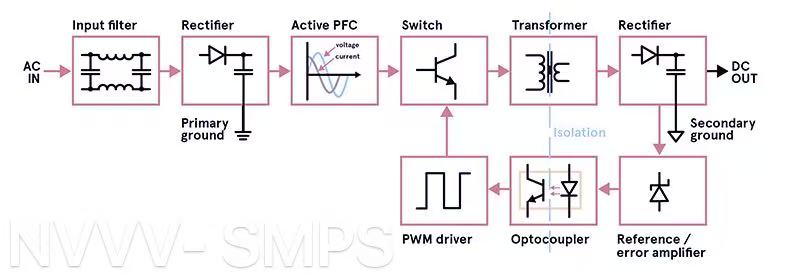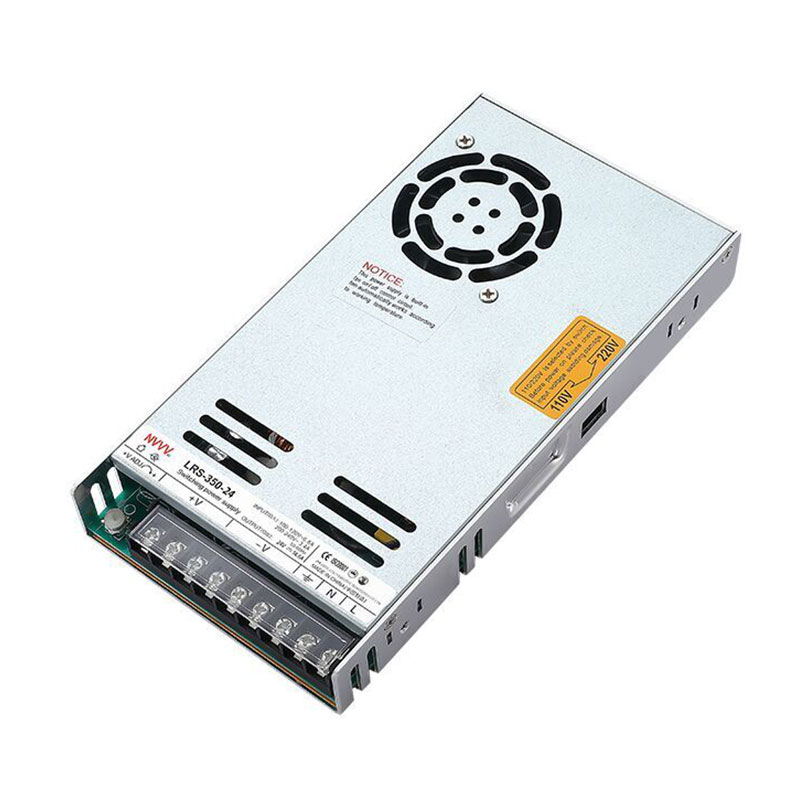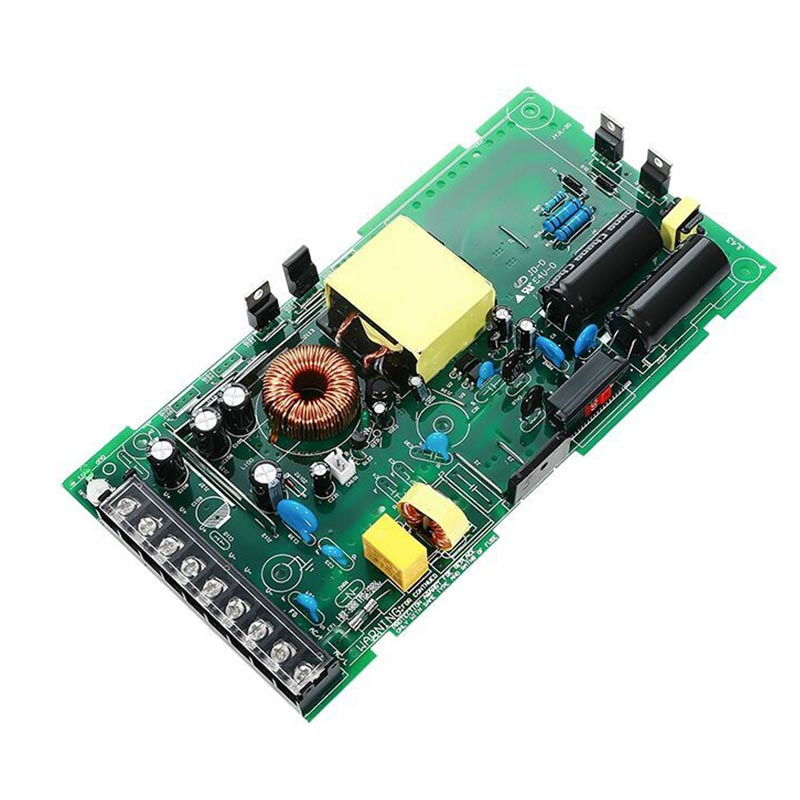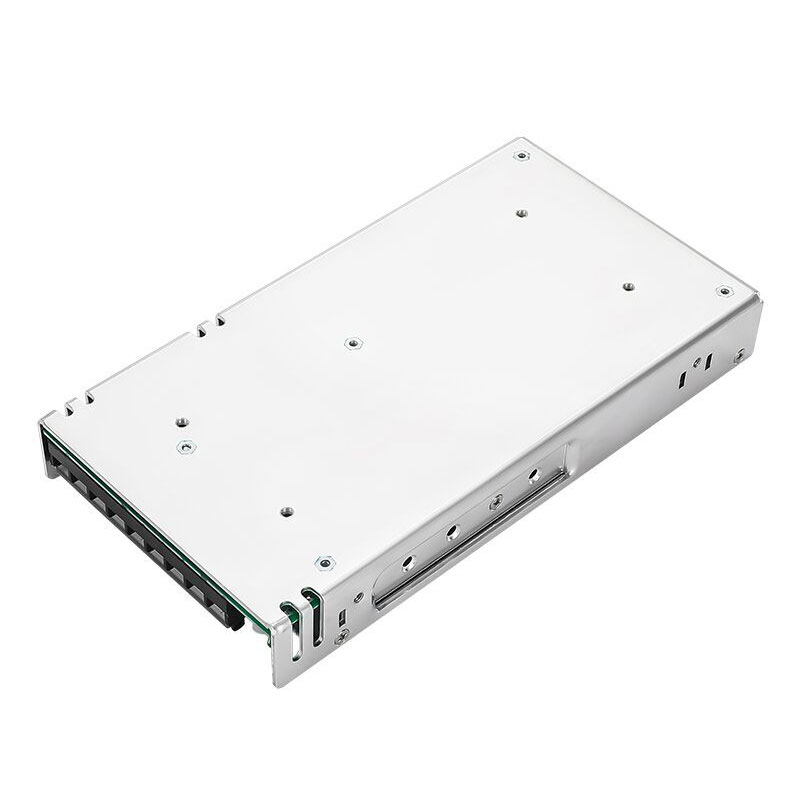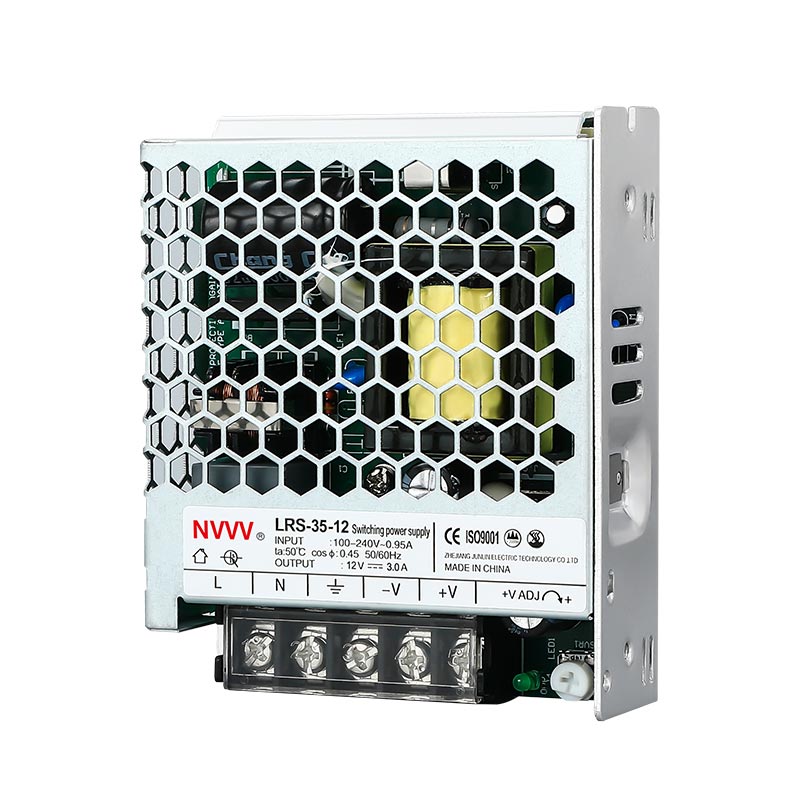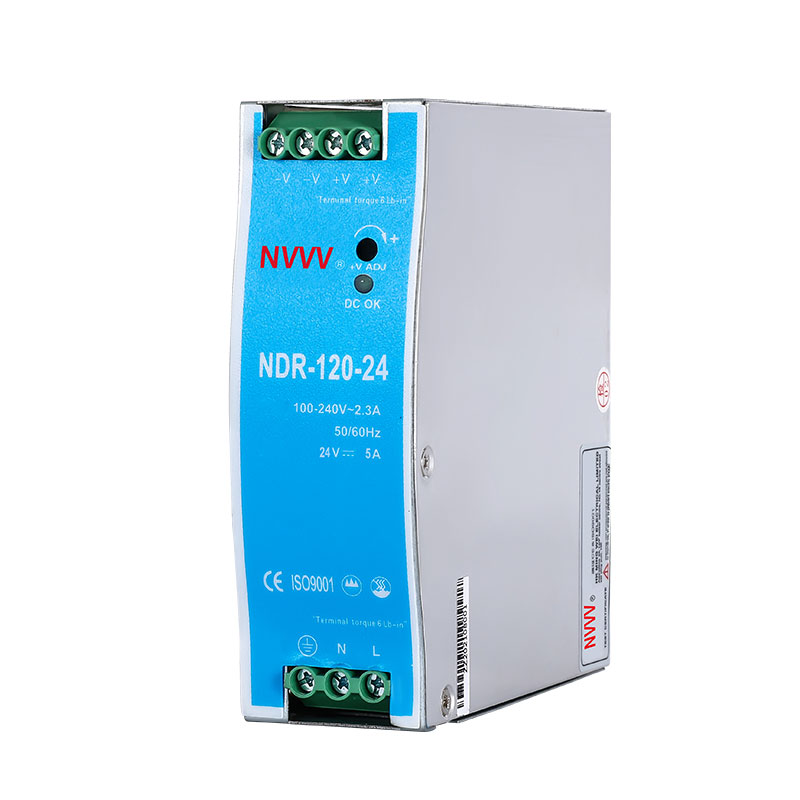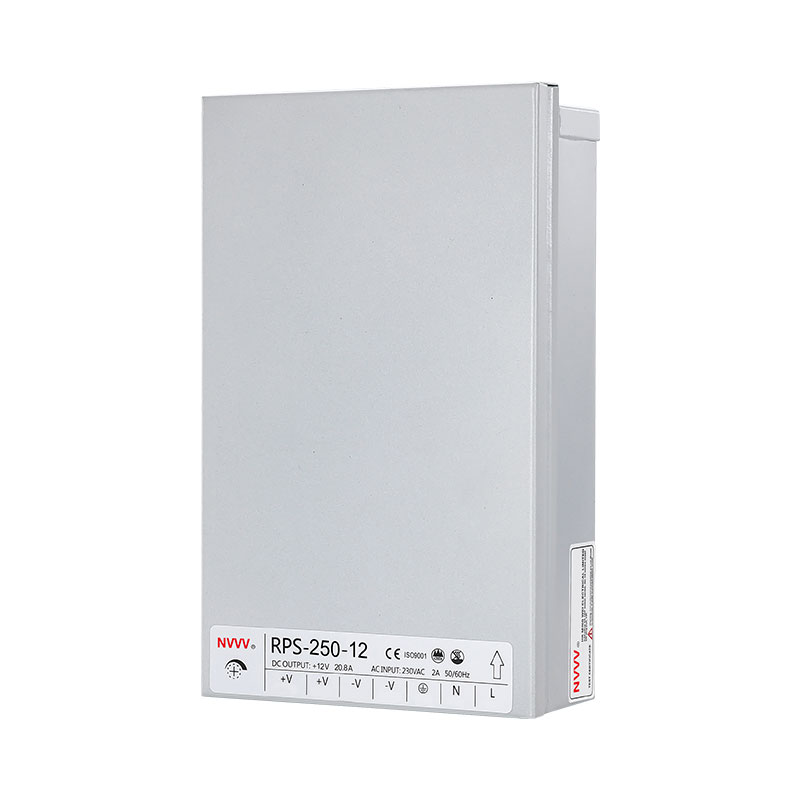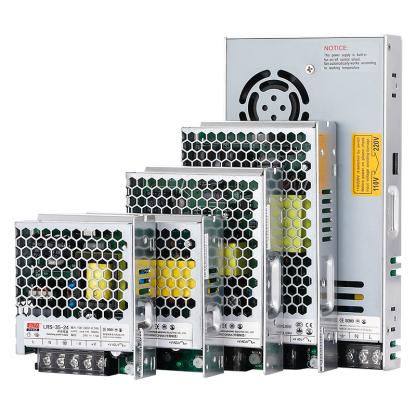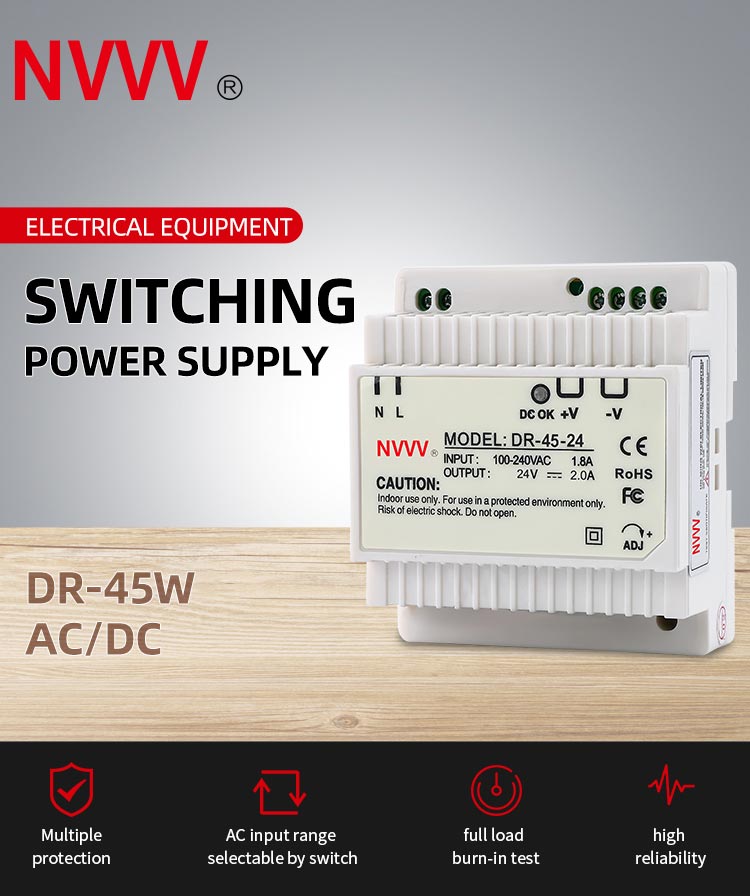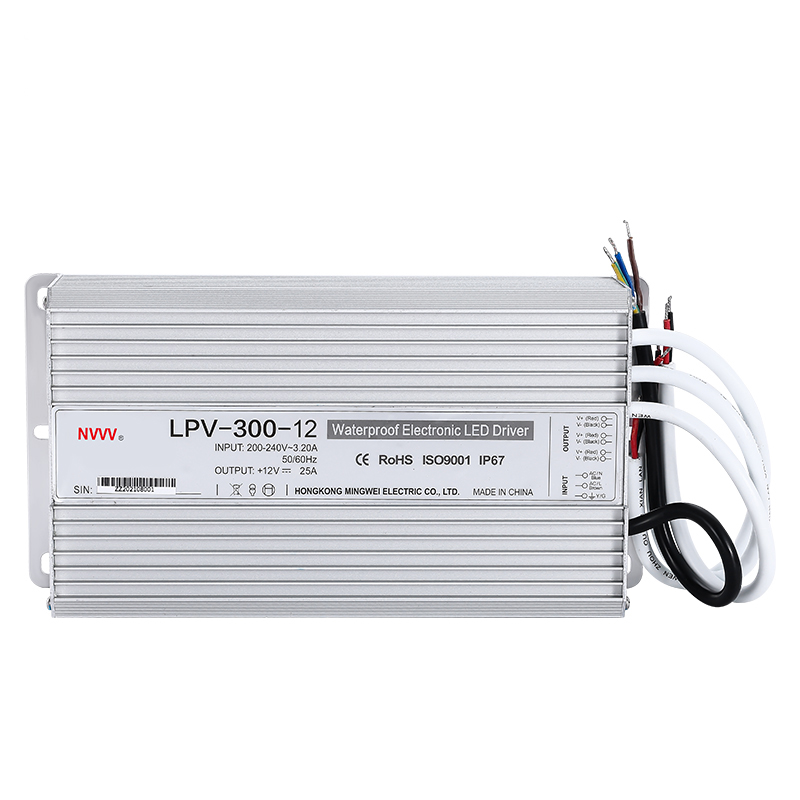Why Is a Switching Mode Power Supply Essential in Intelligent Building Systems?
In modern intelligent buildings, stability, energy efficiency, and system integration are crucial. From security monitoring to hotel management and data centers, a reliable switching mode power supply (SMPS) ensures continuous performance and centralized control. As building automation continues to evolve, SMPS units become foundational to powering a wide range of subsystems while minimizing energy loss and maintenance needs.
Table of Contents
Why Is a Switching Mode Power Supply Essential in Intelligent Building Systems?
How Does a Switching Mode Power Supply Support Integrated Building Systems?
What Are the Advantages of Using SMPS in Security and Automation Applications?
Where Are Switching Mode Power Supplies Commonly Applied in Intelligent Buildings?
Why Choose SMPS for Future-Ready Intelligent Infrastructure?
Why Is a Switching Mode Power Supply Essential in Intelligent Building Systems?
Modern intelligent buildings operate as complex ecosystems that integrate various subsystems—from communication networks and access control to surveillance, HVAC, and hotel automation. Each of these components relies on a stable and efficient power source to function smoothly. That's where the switching mode power supply (SMPS) becomes essential. Unlike traditional linear power supplies, SMPS offers higher efficiency, compact design, and the ability to handle dynamic load changes, which are common in automated environments.
In intelligent buildings, continuity is key. Even a momentary drop in power can lead to system resets, security breaches, or data loss. By providing regulated DC output with minimal energy waste, SMPS helps ensure 24/7 operational stability. This reliability is crucial in areas like elevator control, video surveillance, and emergency communication systems—where failure is simply not an option.
Moreover, SMPS supports flexible installation within limited cabinet spaces and helps reduce overall energy consumption, aligning with green building initiatives. As smart architecture expands across Europe and the Middle East, the adoption of switching power supplies is becoming a foundational element in both new constructions and system upgrades.
How Does a Switching Mode Power Supply Support Integrated Building Systems?
In an intelligent building, multiple systems need to work in perfect harmony—network infrastructure, telephone intercoms, surveillance, access control, fire alarms, and even broadcast systems. All of these subsystems require low-voltage DC power with stable output. A switching mode power supply (SMPS) plays a key role in converting AC power from the grid into precisely regulated DC power for these applications.
SMPS technology allows different voltage outputs to be delivered from a single AC input, making it suitable for multi-functional control panels. For instance, one SMPS unit can simultaneously power access card readers, monitoring cameras, and network switches, simplifying wiring and centralizing energy management. In larger facilities like business parks or mixed-use buildings, this integration reduces the complexity and cost of managing dozens of separate power modules.
Additionally, SMPS systems offer better load regulation and faster response to sudden load changes, which is vital for systems like elevator controls or intelligent fire alarm panels. They can also be easily incorporated into rack-mounted server environments, particularly in data center computer rooms, which are the nerve centers of intelligent infrastructure.
As centralized control platforms become more popular in buildings—often unifying lighting, HVAC, and security into one dashboard—SMPS ensures that power delivery remains uninterrupted, consistent, and efficient across the entire network.
What Are the Advantages of Using SMPS in Security and Automation Applications?
Security and automation systems are the backbone of modern intelligent buildings. From 24-hour video surveillance to motion sensors, alarm systems, and automated gate controls, these systems require reliable power delivery without voltage drops or interruptions. This is where the switched mode power supply (SMPS) demonstrates clear advantages.
One key benefit is efficiency. SMPS units operate with conversion efficiencies often exceeding 85%, reducing both heat generation and electricity costs—an important factor in facilities with extensive surveillance and control networks. Furthermore, SMPS units are typically equipped with built-in protections such as overvoltage, overload, and short-circuit safeguards, ensuring connected equipment stays safe even under challenging electrical conditions.
Another significant advantage is form factor and flexibility. Whether wall-mounted, DIN-rail-mounted, or enclosed inside a control cabinet, SMPS can adapt to space-limited installation scenarios. This is particularly valuable in elevator shafts, security kiosks, or automated parking systems where compact but powerful power solutions are needed.
In applications like smart locks, access control terminals, or intercom panels, a steady and clean power supply ensures rapid responsiveness and uninterrupted performance. NVVV's SMPS offerings are designed with these environments in mind—supporting reliable power distribution across a wide range of voltage demands and system types.
Where Are Switching Mode Power Supplies Commonly Applied in Intelligent Buildings?
In today's intelligent buildings, switch mode power supplies (SMPS) are used almost everywhere behind the scenes—quietly powering essential systems that keep the environment connected, secure, and efficient. Their adaptability and reliability make them a go-to solution in a wide variety of integrated building systems.
One of the most prominent applications is in data center rooms, which serve as the digital core of modern buildings. Here, SMPS units provide regulated power to servers, firewalls, storage systems, and switches—ensuring continuous operation of communication, monitoring, and control platforms. In these high-density environments, space-saving and energy-efficient power solutions like SMPS are essential.
SMPS units are also vital in property and facility management systems, including intelligent access control gates, fire alarm interfaces, elevator controls, and public announcement boards. They support the low-voltage components in one-card systems for identity authentication, visitor management, and smart parking.
In broadcast and audio systems, SMPS ensure clean power delivery for amplifiers, scheduling devices, and emergency notice equipment. They are also used in cable and satellite systems to maintain stable signal transmission across different building levels.
These systems often run 24/7 and may be spread across multiple zones of a large facility. The high efficiency, compact design, and flexible mounting options of SMPS make it easier to deploy consistent power across all these sectors—resulting in more reliable system performance and simplified maintenance.
Why Choose SMPS for Future-Ready Intelligent Infrastructure?
As buildings evolve from passive structures into dynamic, intelligent environments, their electrical systems must evolve too. Choosing a switching mode power supply (SMPS) is not just about meeting current energy needs—it's about preparing for future growth, integration, and sustainability.
One of the strongest arguments for SMPS in modern infrastructure is scalability. Intelligent buildings are no longer static in their design; as tenant needs change, systems are upgraded, and new technologies are introduced, the underlying power systems must keep pace. SMPS units offer modularity and flexibility, making it easier to expand power capacity or reconfigure control systems without replacing entire electrical panels.
Another key benefit is energy optimization. In buildings aiming to meet LEED or other green building certifications, reducing power loss and improving energy distribution are critical. SMPS units, with their high-efficiency operation and minimal heat waste, contribute to overall energy conservation goals while lowering operational costs.
In more advanced setups, SMPS units can be integrated into remote monitoring and management platforms, enabling real-time diagnostics and fault alerts. This is especially useful in large facilities like smart hospitals, commercial towers, or industrial complexes, where downtime can be costly or dangerous.
NVVV's SMPS solutions are designed to support this future-forward approach. With models tailored to intelligent automation, building control, and communication systems, they provide the reliability and flexibility required to build scalable, resilient, and efficient infrastructures ready for what's next.
Conclusion
Switching power supplies have become a vital component in intelligent building systems, offering the performance, reliability, and flexibility needed for modern infrastructure. Whether you're designing centralized control platforms or scaling smart technologies across multiple applications, choosing the right SMPS ensures your systems operate efficiently today—and are ready for the challenges of tomorrow.

